Civil War *Top 10 Events
The American Civil War began in response to the long-standing enslavement of coloured people, which was legal even at the time of the Declaration of Independence in 1776.
The Civil War, which broke out in April 1861, was fought between the North (Union) and the South (Confederate States). Below are the top ten events of the war:
1. Battle of Fort Sumter (1861)
The bombardment of Fort Sumter by the Confederate Army, and the return of fire by the United States Forces and their eventual surrender to the Confederates started the American Civil War in 1861. Beginning at 4.30 AM on 12th April, the garrison was consistently fired upon by the Confederate Army and after 34 hours Major Anderson finally agreed to evacuate his troops from Fort Sumter.
There were no casualties on either side as a direct result of the engagement.
2. Battle of Gettysburg (1863)
A fierce battle between Confederate Forces and the Union Army, it was a three-day battle fought in July 1863, in and around the town of Gettysburg. The battle involved the largest number of casualties in the entire Civil War and became the war’s turning point.
The Union Army won a decisive victory at Gettysburg, pushing General Robert Lee and his Confederate Army back towards Richmond. Lee finally surrendered to General Grant in April 1865.
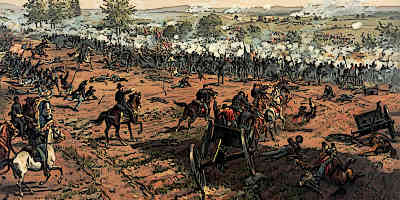
3. Battle of Fort Donelson (1862)
The fort was named after Confederate General Daniel Donelson. The Confederate forces constructed it in order to maintain control over the Cumberland River.
The Union Army of Tennessee, led by General Grant, finally managed to capture the fort after a fierce battle from February 11-16, 1862. The capture of the Fort opened the Cumberland River, which was an important avenue towards the invasion of the South.
The victory elevated General Grant’s status to the mark of major general, earning him the nickname ‘Unconditional Surrender Grant’.
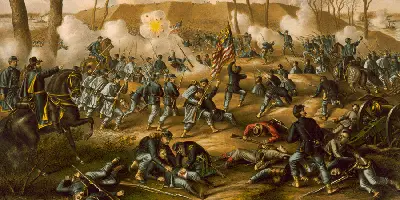
4. Surrender of General Lee to General Grant (1865)
After suffering heavy casualties at the Battle of Gettysburg, General Robert Lee was pushed far back towards Richmond by the Union Armed Forces led by General Grant. This led to the decisive Battle of Appomattox Court.
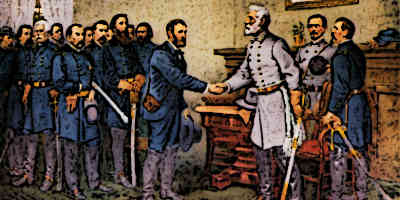
It was the last confrontation between General Lee and General Grant, before the former’s eventual surrender. Forced to abandon the Confederate capital of Richmond, having already borne the effects of the nine-and-a-half-month-long siege of Petersburg.
Blocked from joining the rest of the surviving Confederate forces in North Carolina and, finally, harassed constantly on all sides by the Union Cavalry, General Lee finally decided to surrender all 28,000 of his troops to General Grant at Appomattox Court House in Virginia.
5. Re-election of Abraham Lincoln as President (1864)
The elections were held in the midst of the American Civil War, and President Lincoln of the National Union Party easily defeated his rival and Democratic Nominee, former General McClellan.
The National Union Party was especially created by the Republicans (and some Democrats) in order to attract War Veterans. President Lincoln won the election of 1864 by a wide margin of 221-21 electoral votes (with 55% of the popular vote).
His victory was partly as a result of the recent Union victory at the Battle of Atlanta.
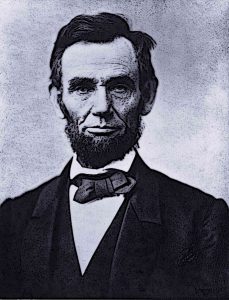
Abraham Lincoln President of United States of America
6. Battle and Capture of New Orleans (1862)
Having fought past Fort Jackson and Fort St. Philip, the Union Army was unopposed in its capture of the city of New Orleans. The largest Confederate City, its capture was a major turning point in the Civil War in favor of the Union Army.
Historian J. Winters even noted in the Book, ‘The Civil War in Louisiana’, that aside from a few exceptions, the Confederate forces ‘made a sorry show. Self-destruction, lack of cooperation, cowardice of untrained officers and the murderous Fire of the Federal gunboats reduced the fleet to a demoralized shambles’.
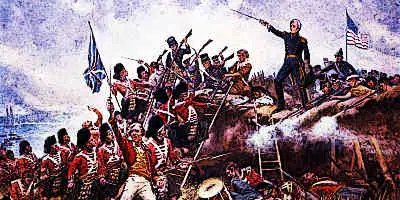
7. Battle of the Monitor and Merrimack (1862)
Also referred to as ‘the Battle of the Ironclads’, it was a naval engagement at Hamptons Roads, a harbor at the mouth of the James River in Virginia. It is notable as being history’s first duel between ironclad warships, heralding a new era of naval warfare.
The Merrimack, a conventional steam frigate, had been salvaged by the Confederate Forces from the Norfolk Navy Yard and re-christened ‘Virginia’. With the help of other Confederate ships, the Virginia decimated a force of Union fleet of wooden warships.
The Monitor, an ironclad warship under the command of Union Lieutenant John Worden, arrived that same night to fight Virginia. On May 9th, 1862, following the Confederate evacuation of Norfolk, the ‘Virginia’ was destroyed by its crew.
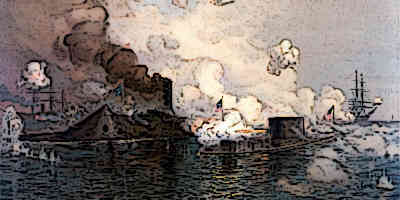
8. Emancipation Proclamation (1963)
Issued by President Lincoln on January 1st, 1963, the Emancipation Proclamation declared that ‘all persons held as slaves within the rebellious states are, and henceforth shall be free’.
However, it was still very limited despite its wordings, in that it left slavery virtually untouched in the North, and only abolished the practice in the secession states. Most importantly, its freedom depended upon the Union’s Military Victory.
While it did not emancipate everyone, the Proclamation captured the hearts of millions across Americans. It also announced the acceptance of black men into the Union Army and the Navy; and by the end of the Civil War, nearly 200,000 black soldiers had fought for the Union – and for freedom.
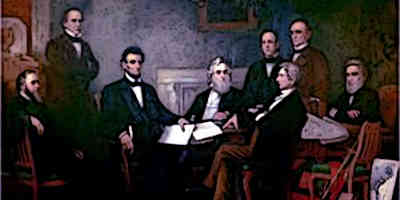
9. The First Battle of Bull Run (1861)
Also known as the First Battle of Manassas, it was a major battle and Confederate victory during the Civil War. It was fought just north of the city of Manassas.
The Union Army was slow in positioning itself, and soon overcome by the Confederate reinforcements. Each side had 18000 poorly trained soldiers. The victory of the Confederates was followed by a quick, disorganized retreated of the Union Armies.
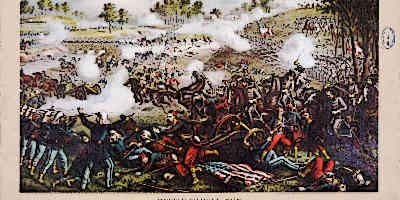
10. Battle of Antietam (1862)
This battle is also known as the Battle of Sharpsburg. The battle was a victory for General Lee, due to General McClellan’s erroneous belief that he was outnumbered by Confederate Forces, which led the latter to be extra cautious during his onslaught.
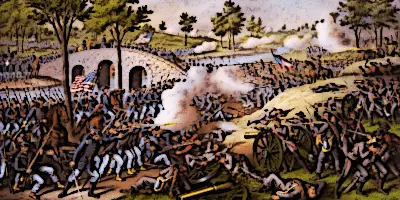
Outnumbered two-to-one, General Lee committed his entire force while General McClellan only sent in one-third of his army into the battle, which enabled General Lee to fight until both were at a standstill.
At a crucial moment during the fighting, a surprise counterattack launched by the Confederate’s Major General Hill drove back Union General Burnside and his troops, ending the battle.
With a combined tally of 22,717 dead, wounded or missing, it was one of the bloodiest days in United States history.
- American Civil War
- Abraham Lincoln Assassination
- American Civil War *10 Surprising Facts
- Causes of the Civil War
- Civil War *Top 10 Events
- Civil War Battles
- Confederate States of America
- Emancipation Proclamation 1863
- Famous Civil War Generals
- Famous Civil War People
- Gettysburg Address 1863
- Inventions and Technologies
- John Wilkes Booth
- Robert E. Lee surrenders 1865
- Sherman’s March to the Sea
- The Andrew Johnson Reconstruction Plan
- The Battle of Fort Sumter
- The Underground Railroad
- Top 10 Generals
- Union vs Confederacy